Imagine stepping into a research project where your local knowledge shapes scientific discovery. Community-driven research in Ontario Parks isn’t just about scientists working in isolation—it’s about residents, visitors, and nature enthusiasts collaborating to unlock the secrets of our natural spaces. From tracking monarch butterfly migrations to monitoring water quality in the Great Lakes, everyday citizens are transforming how we understand and protect our environment.
This powerful partnership between researchers and communities has revolutionized environmental science over the past decade. When grandparents share their observations of changing bird patterns, students document invasive species on hiking trails, or weekend photographers capture rare plant specimens, they contribute to a rich tapestry of data that traditional research methods alone could never achieve.
What makes community-driven research truly remarkable is its ability to bridge the gap between scientific expertise and local wisdom. Whether you’re a seasoned naturalist or simply someone who loves spending time outdoors, your observations and insights can help shape conservation strategies, influence park management decisions, and contribute to our understanding of climate change impacts on Ontario’s diverse ecosystems.
By combining the precision of scientific methods with the power of collective observation, we’re creating a more comprehensive and nuanced picture of our natural world. This collaborative approach not only generates valuable data but also fosters a deeper connection between communities and their local environments, ensuring that research serves the people it aims to benefit.
Join us in this exciting frontier of citizen science, where your participation could help write the next chapter in Ontario’s environmental story.
The Power of Local Knowledge in Park Research
Traditional Ecological Knowledge
Indigenous communities across Ontario have been stewards of the land for countless generations, carrying forward invaluable knowledge about local ecosystems, wildlife patterns, and sustainable resource management. This traditional ecological knowledge (TEK) forms a crucial cornerstone of community-driven research in our parks and protected areas.
When First Nations communities partner with researchers, they bring deep historical understanding of environmental changes, seasonal cycles, and species behaviors that might take scientists decades to document through conventional methods. For instance, in Algonquin Park, Indigenous knowledge holders have helped identify important wildlife corridors and breeding grounds that weren’t previously documented in scientific literature.
What makes TEK particularly valuable is its holistic approach, considering the interconnectedness of all living things and their environment. This perspective often reveals relationships between species and habitats that might be overlooked by conventional research methods. Indigenous communities also share important insights about sustainable harvesting practices and the maintenance of biodiversity, which helps shape more effective conservation strategies.
By combining traditional knowledge with modern scientific methods, research projects become more comprehensive and culturally informed, leading to better outcomes for both conservation efforts and community engagement.
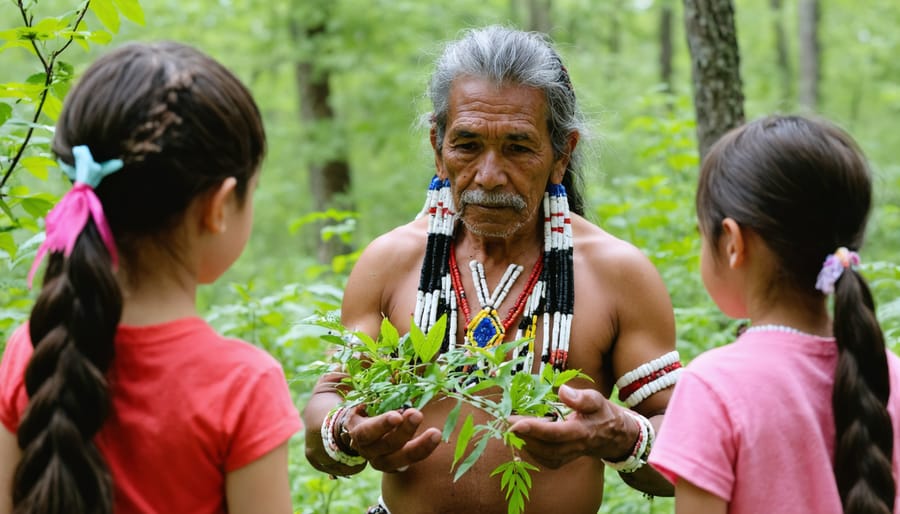
Citizen Science Success Stories
Ontario’s citizen science initiatives have produced remarkable conservation success stories that demonstrate the power of community-driven research. The Christmas Bird Count, now in its 120th year, has helped track significant changes in bird populations across the province, leading to better protection measures for vulnerable species.
In Algonquin Provincial Park, volunteer researchers helped document the recovery of the eastern wolf population, contributing valuable data that influenced conservation policies. Their dedication to tracking wolf movements and behaviors has created one of North America’s most comprehensive databases on wolf ecology.
The Ontario Turtle Conservation Project stands out as another inspiring example. Local volunteers have helped identify and protect critical nesting sites, leading to a 40% increase in snapping turtle populations in monitored areas. Citizen scientists also maintain detailed records of road mortality, which has resulted in the installation of new wildlife corridors and warning signs across high-risk areas.
These projects show how community involvement can create lasting positive changes in our natural environment while fostering a deeper connection between people and nature.
Current Community Research Projects
Wildlife Monitoring Programs
Across Ontario, communities are taking an active role in protecting and studying local wildlife through innovative wildlife tracking initiatives. These grassroots programs are making a real difference in our understanding of animal populations and their behaviors.
Take the popular Ontario Turtle Watch program, where local residents use a simple smartphone app to record turtle sightings and nesting locations. This citizen-science effort has helped identify crucial crossing points and led to the installation of protective barriers along high-risk roadways.
In the Bruce Peninsula, community members work alongside researchers to monitor bird migration patterns. Armed with binoculars and field guides, volunteers spend early mornings counting species and recording flight patterns. Their dedication has contributed valuable data about changing migration routes due to climate change.
Another heartwarming example is the Urban Wildlife Watch program in Thunder Bay, where families use motion-sensor cameras to document nighttime visitors to their backyards. These observations have revealed surprising information about urban adaptations of species like foxes and coyotes.
Want to get involved? Most programs offer free training sessions and provide all necessary equipment. You don’t need previous experience – just enthusiasm and commitment. Local conservation authorities regularly host workshops where you can learn wildlife identification skills and proper data collection techniques. It’s a wonderful way to connect with nature while contributing to important research right in your community.
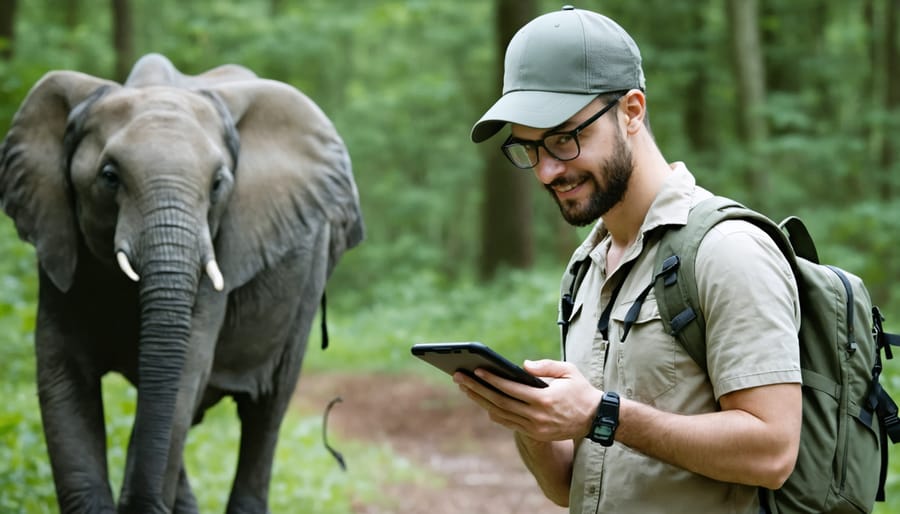
Habitat Restoration Initiatives
Across Ontario, passionate community members are rolling up their sleeves and joining forces with researchers to breathe new life into our precious ecosystems. These habitat restoration projects showcase the power of local knowledge and dedication in rehabilitating damaged environments.
In the Muskoka region, volunteers are working alongside scientists to restore wetland areas, planting native species and monitoring water quality. Their efforts have already attracted the return of several bird species that hadn’t been seen in the area for decades. Meanwhile, in the Oak Ridges Moraine, community groups are leading the charge in woodland restoration, combining traditional ecological knowledge with modern research techniques.
One particularly heartwarming success story comes from the Bruce Peninsula, where local residents partnered with researchers to restore ancient cliff-edge ecosystems. By carefully removing invasive species and reintroducing native plants, they’ve created thriving habitats for rare ferns and wildflowers that are unique to the region.
These initiatives aren’t just about planting trees or removing invasive species – they’re about building lasting connections between communities and their natural surroundings. Participants often share that they’ve gained a deeper appreciation for their local ecosystems while contributing to meaningful scientific research. The best part? These projects welcome volunteers of all experience levels, making it easy for anyone to get involved and make a difference.
How to Get Involved
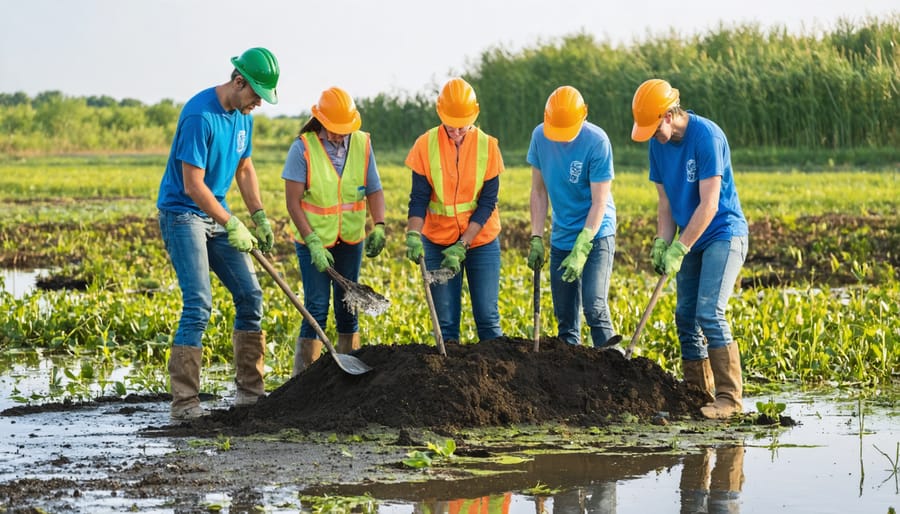
Volunteer Opportunities
Ready to make a difference in Ontario’s natural research initiatives? There are several exciting volunteer programs you can join! The Citizen Science Program welcomes nature enthusiasts of all skill levels to assist with wildlife monitoring and data collection. All you need is a keen eye and a commitment to attend a brief training session.
For those interested in plant life, the Native Plant Monitoring program runs from May to September. Volunteers help track flowering times and document species distribution. Basic plant identification skills are preferred but not required – you’ll learn as you go!
The Wildlife Camera Project needs volunteers to help set up and maintain trail cameras, and later analyze the captured images. This program requires moderate physical fitness as it involves hiking to remote locations.
Seasonal opportunities include the Annual Bird Count (December-January) and the Butterfly Migration Watch (August-September). These programs are perfect for both beginners and experienced naturalists.
Requirements for most programs include:
– Minimum age of 18 (or 16 with guardian supervision)
– Ability to commit to at least 4 hours monthly
– Attendance at an orientation session
– Basic outdoor safety knowledge
– Own transportation to research sites
Contact your nearest Ontario Parks office to sign up or learn more about these rewarding opportunities!
Training and Resources
Getting involved in community-driven research has never been easier, thanks to a variety of accessible training options. Many Ontario Parks offer comprehensive conservation education programs designed to equip volunteers with essential skills and knowledge.
Beginners can start with basic naturalist workshops that teach species identification, data collection methods, and proper observation techniques. These hands-on sessions typically run for a few hours and often include guided field practice with experienced researchers.
For those seeking more in-depth knowledge, several parks offer weekend-long training camps where participants learn advanced monitoring protocols, GPS navigation, and wildlife tracking skills. Online resources complement these in-person sessions, including downloadable field guides, video tutorials, and mobile apps for species identification.
Pro tip: Many local naturalist groups partner with parks to offer free training sessions throughout the year. These community-led workshops are excellent opportunities to learn from experienced citizen scientists while connecting with like-minded nature enthusiasts.
Don’t forget to check out the Ontario Parks’ website for upcoming training dates and downloadable resources. They regularly update their calendar with new learning opportunities across different regions.
As we look to the future of Ontario Parks, community-driven research stands as a beacon of hope for conservation and environmental stewardship. The growing partnership between park managers, scientists, and everyday citizens has created a powerful framework for understanding and protecting our natural spaces.
The success of recent initiatives, from bird counting programs to invasive species monitoring, demonstrates that when communities come together, the possibilities are endless. These collaborative efforts not only provide valuable data but also foster a deeper connection between people and nature, creating passionate advocates for our parks’ preservation.
Looking ahead, technology will play an increasingly important role in community research. Mobile apps, online databases, and social media platforms are making it easier than ever for citizens to contribute meaningful data and share their findings with others. This digital revolution in citizen science opens up exciting new possibilities for research projects and community engagement.
For Ontario Parks, the future lies in nurturing these community partnerships. By continuing to provide training, resources, and opportunities for involvement, we can build a more robust understanding of our ecosystems while inspiring the next generation of environmental stewards.
Whether you’re a seasoned naturalist or simply someone who loves spending time outdoors, there’s a place for you in community-driven research. Your observations and participation matter – they’re helping to shape the future of our beloved parks and ensure they remain vibrant, healthy spaces for generations to come.






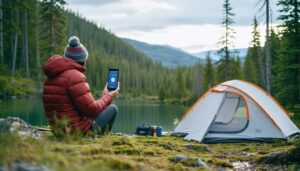


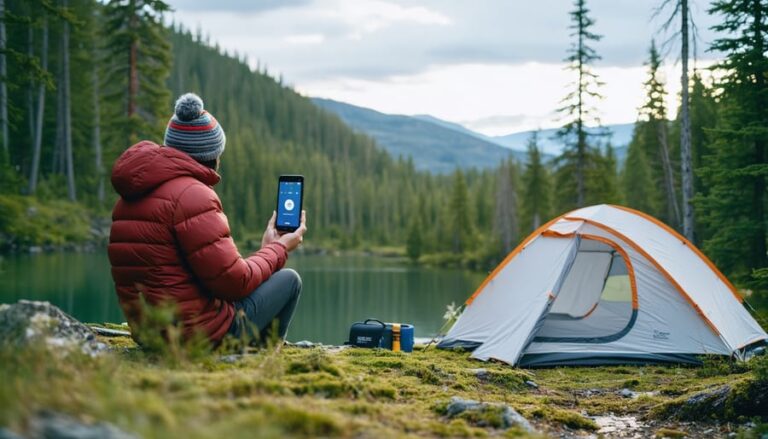

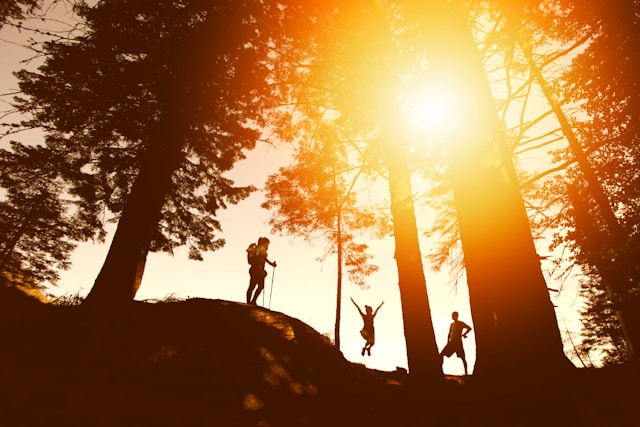

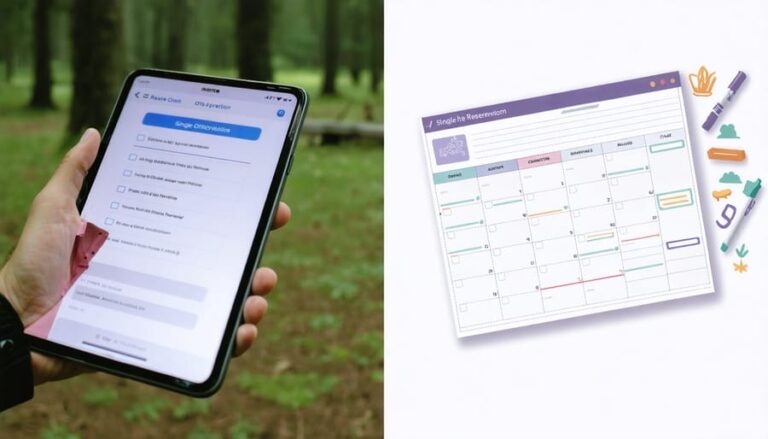
+ There are no comments
Add yours